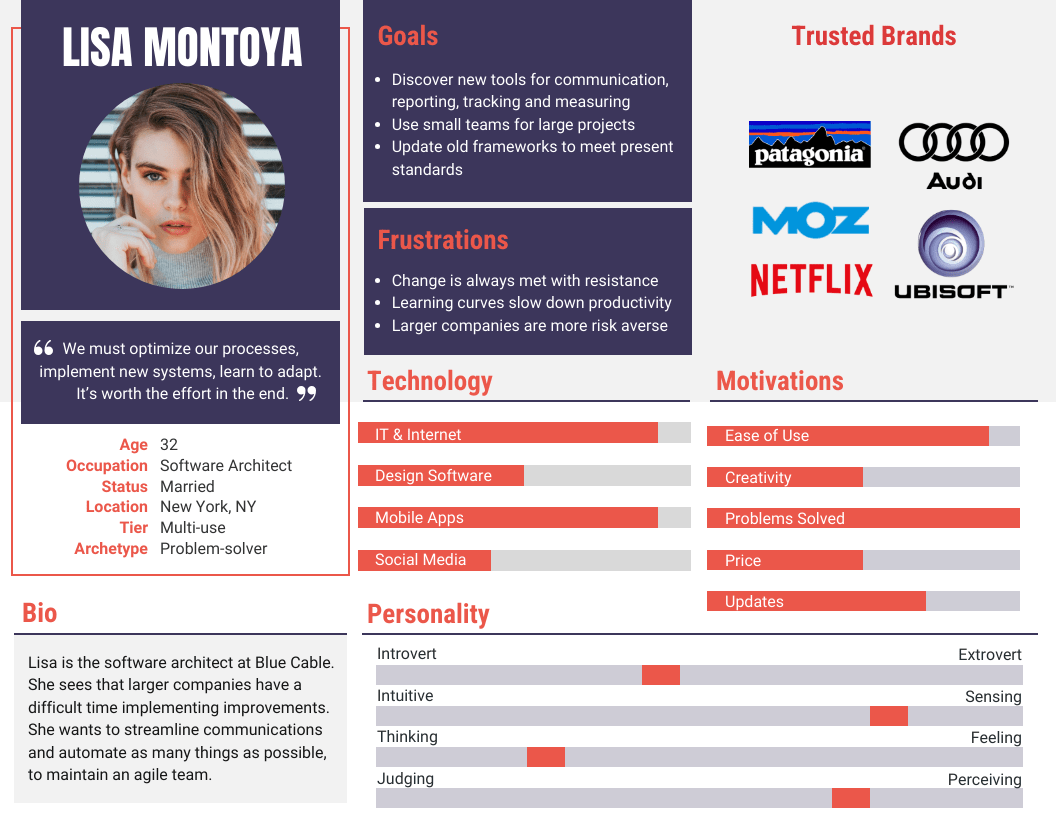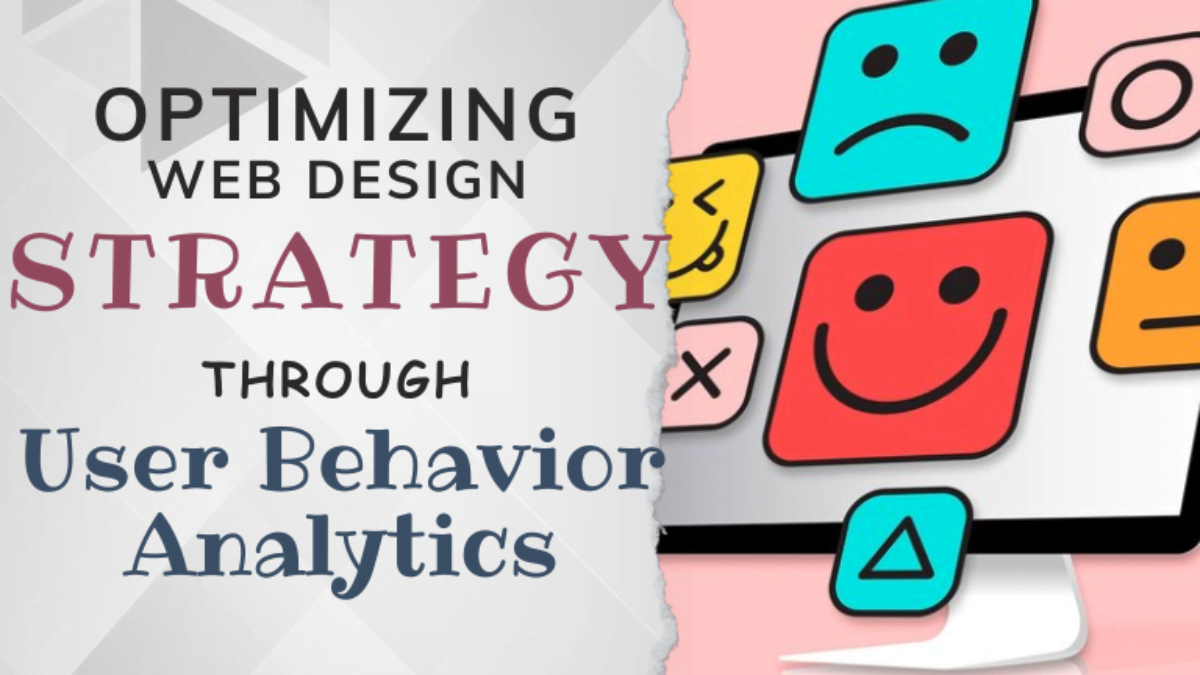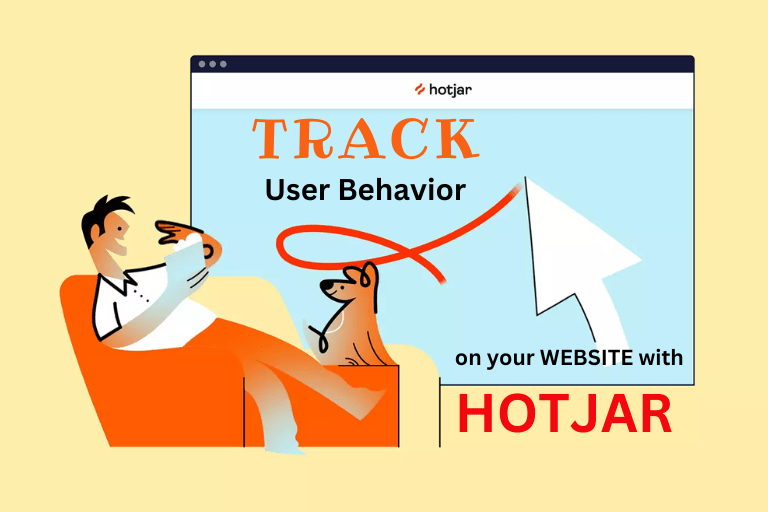This site contains affiliate links, view the disclosure for more information.
Learning the web design strategy for maximum impact requires you to first understand the user behavior on your website because no web design strategy can be made effective without knowing user behavior on your website.
Your website is a place that represents your services or products, where most of your audience or interested people in the niche get hands-on interaction with your business.
Think of it this way, just as you go to a store to buy a product and a customer service representative joins you to help you make your buying decision, exactly in a similar manner, when your audience lands on your website (the click), it would only make sense if you come forward, interact with your audience, and satisfy their needs (which will ultimately result in conversion).
If you do not have a proper, user-centric web design strategy in place to: interact with your audience, keep them engaged on your website, or simply satisfy their needs, you’d be losing big on your services’ or products’ marketing.
So let us dive into understanding what user behavior on your website means.
Related: 8 Basic Components of Effective Web Design Strategy
Table of Contents
ToggleUnderstanding User Behavior
To understand “Why people are actually visiting your website?” or “Why people are leaving your website?” the reports generated by traditional Google analytics seem to lack the information related to qualitative analysis.
Simply put, Google Analytics provides you with the quantitative analysis (how many) people came and left, but fails to make it clear as to why they came or why they left (qualitative analysis).
And to understand exactly that, there is something called User Behaviour Analytics which you need to get answers to the questions above.
Why does the user journey matter in crafting a perfect web design strategy?
You might wonder: what good finding the answers to the above two questions of ‘people coming and leaving your website’ would do in crafting a web design strategy?
Well, the short-form answer to this is simply to better serve your site visitors. But when we talk about the long-form answer to it, the following comes in:
- Getting insights into what your visitors/users of your site are interested in, what they are gravitating towards, and what they are ignoring. This will ultimately guide you to craft content according to your audience’s interests.
- Realize the points where users/visitors, in their customer journey (that is from click to conversion), get stuck, struggle, or get confused in making the final decision resulting in them finally leaving your site not bothering to touch your CTAs (Call to Actions). This can help better your sales funnel and improve sales.
- Understand the performance of specific pages and sections on your site. This can help you improve content quality on your site.
- Identify what is it that your visitors/users want or care about so as to improve the overall UX of your site.
Having read this, don’t you think having access to the information above or maybe even a part of it can completely change the marketing game of your site?
No need to overthink here, because it’s obvious enough that it will!
How User Behavior Impacts your Conversion Rates
In understanding user behavior, the first thing you need to consider is understanding the motivations that drive them into taking certain actions on your site. Now this process is somewhat complicated depending upon your niche and simply because there are a number of factors that lead users into taking certain actions.
Don’t worry though, from research and analysis, we do have access to a list of some of the motivations that drive common user behaviors which include but are not limited to things like convenience, trust, value, emotional connection, etc.
This information again is useful in crafting the right web design strategy for maximum impact by appending targeted improvements to your site and content with one main objective of encouraging more conversions during the entire click-to-convert user journey.
To understand the answer to the question of how user behavior impacts conversion rates consider for example that you notice from user behavior on your site that your users are motivated by the convenience of having an on-site “Easy Pay” button wherein they don’t get to bother opening their banking apps or log in to their bank accounts opening a new browser tab to complete check out process on your website. Having access to this information, what would be your next move?
Of course, to enhance the UX specifically related to checkouts by making the process faster, easier, and more reliable for your users.
Consider another example wherein you realize that trust is the main motivation that drives users on your site to make certain decisions. What would be your next move then?
Of course, to win their trust by either adding customer reviews or maybe a testimonial section on your site which will help add credibility and help users increase confidence in your brand.
So, monitoring user behavior is crucial as it helps you to create a customer-centric experience which ultimately helps in the planning of the right web design strategy for your website.
How does user behavior analytics differ from traditional analytics?
Your website’s traffic, page views, and other quantitative data are what traditional analytics tracks and focuses on. By tracking all this quantitative data, traditional analytics provides you with insights into how users are interacting with your website. However, the limitation of this analytics data is that it does not provide you with information about why users are behaving in certain ways on your website.
The limitations of traditional analytics are fulfilled by user behavior analytics which takes a more holistic approach to understanding user behaviour on your site by collecting a wider range of data like user actions, interactions, and patterns related to click stream data. The data collected through user behavior analytics is utilized in the creation of profiles of individual users and to identify patterns in their behavior. Through this data, you can get answers to questions like:
- What is the usual common path that most users take on your site?
- What pages or post content on your site did the users spend most of their time on?
- What pages were ignored or abandoned by users without taking any action?
- What are the most frequently visited pages on your website or application?
- Which features or content are users engaging with the most?
- What is the average time spent by users on different sections of your website?
- Are there any specific pages or steps where users tend to drop off or abandon their sessions?
- What are the demographics and characteristics of your most active users?
- How do user behaviors vary across different devices or platforms?
- Are there any unusual or suspicious activities indicating potential security threats or fraudulent behavior?
- What are the common sequences of user actions on your website that lead to conversions or desired outcomes?
- How do user behaviors change over time, and are there any seasonal or cyclical patterns?
- Which marketing campaigns or promotions are driving the most user engagement or conversions?
- Are there any specific user segments or cohorts exhibiting distinct behavioral patterns?
- What are the common search queries or keywords used by users on your website?
- How do users interact with specific features or elements, such as buttons, forms, or menus on your website?
- Are there any correlations between user behaviors and external factors, such as market trends or events?
Having answers to such questions can surely provide you with valuable insights into user preferences and by understanding these, you can improve user experience (UX), optimize your brand’s marketing strategies, and enhance security measures on your platform by creating content tailored to your specific user persona.
The concept of user personas and their role in effective web design
What is a user persona? A user persona is a fictitious representation of your site, product, or service’s ideal user. User Personas are designed on the basis of research and analysis of user behavior data which allows businesses and web designers to understand the target audience more closely.
Information like user behavior, motivations, needs, goals, and demographics, that provide valuable insights to guide decision-making and product development processes are usually what’s included in user personas.
There are some basic key components that your user persona should include as they help businesses empathize with their users, make informed decisions, and create tailored experiences. The key components include:
- Persona name and background – To represent your fictional user prototype, every persona should start with a name. Then, to add some depth and some realism into the representation of a persona, you should add a brief background story. This helps your managing teams to tune
- Demographics and psychographics – The age, gender, education, or maybe even an income level type of information about users comes under the demographics details. Similarly, the information connected to attitudes, interests, values, and lifestyle choices comes under the psychographic details. All these are equally important to acknowledge the motivations behind your user preferences.
- Goals and motivations – Of course in designing your products and services, you need to consider the motivations and goals of your users which basically serve as the main reason behind them using your service or products. So, when setting up your user personas, the need to express the primary goals and motivations of the represented user segment is crucial as it provides insights into what users would want to achieve by using your products or services.
- Needs and pain points – It is mostly the pain points and the needs of people that compel them into buying any service or product. Knowing the needs and pain points of your users helps your business in addressing the challenges faced by them effectively. An effective user persona should always outline the specific needs and pain points experienced by the represented user segments so that your business can come up with solutions that alleviate your user issues.
- Behaviors and preferences – To tailor the offers you bring forth to your users, you need to understand your users’ preferred communication channels, their tech usage habits, as well as their decision-making processes. This data is what’s added in the behaviors and preferences section of a user persona.

One easy way to understand the concept of user persona is to bear in mind that your website content might not be seen by a single audience only. For instance, it is not necessary that if you have a healthcare site, it would only be seen or read by patients alone. Rather, patients, caregivers, staff members, donors, or anyone directly or indirectly related to the healthcare field might become an audience of this site.
Knowing your customer stats, you can figure out how many personas you’ll be needing however, do bear in mind that you can not add too many personas because you can’t just please everyone. Also, having too many personas poses a risk for you in not being successful at creating a marked delineation between them, thus making it a complicated process for you to attract, engage, or convert any of them.
How do user personas help in crafting an effective web design strategy?
Almost all businesses, and especially, multi-niche businesses require user personas to benefit across different areas of operation by making informed decisions and creating more effective strategies.
Here’s how user personas prove helpful for effective web design strategy:
- Improved decision-making – When used as a reference, user personas can help you evaluate what features you need to prioritize, what resources should be allocated, and depending upon the goals and motivations, how strategy needs to be refined
- Enhanced product design and development – With the user-centric approach that user personas provide you, you can work on products and services that resonate with your audience. After knowing your audiences’ pain points and behaviors, all you need is a team that is capable enough to alleviate those pain points of your audience by either designing intuitive interfaces, developing relevant features, or simply improving and enhancing the existing product or service design and experience to an enhanced level.
- Effective marketing and communication – Engaging and persuasive marketing campaigns are necessary to get your audience to convert. Thanks to user personas that provide you with information related to the characteristics, references, and communication channels preferred by your target audience. By tailoring both your communication and marketing content and making use of this critical information in user personas, you can attract and retain your customers effectively.
Tracking User Behavior on your Website
Session replay tools like Hotjar can help in tracking user behavior on your website. What makes Hotjar stand out from other similar tools available in the market is its heatmap feature visualizes user behavior on your website allowing you to analyze user analytics in a more detailed fashion.
For instance, the following video shows the heatmap generated by Hotjar allowing users to inspect the number of clicks received on those specific buttons. (Video source: Hotjar Heatmaps)
Conclusion
Wrapping up, in learning about the user behavior on your website, it is clear that the journey towards a successful online presence is muti-faceted and requires a harmonious blend of aesthetics, functionality, and strategic vigilance.
From the critical importance of responsive design that meets with your site users expectations regardless of the device they get online with, to the necessity of intuitive navigation that guides them through your digital space with ease, each component plays a pivotal role in sculpting a web experience that resonates deeply with your audience.
Coupled with engaging content that speaks directly to the needs and interests of your visitors, along with a keen attention to SEO strategies, a well-crafted web design strategy not only captivates but converts.





Add a Comment